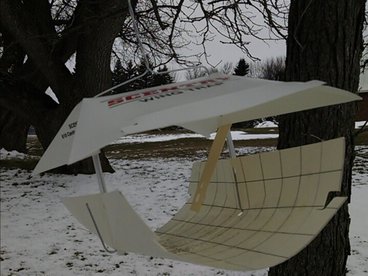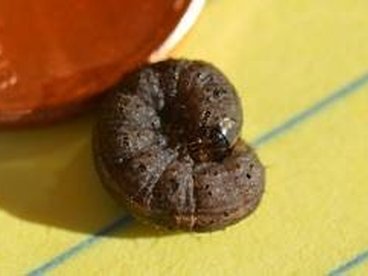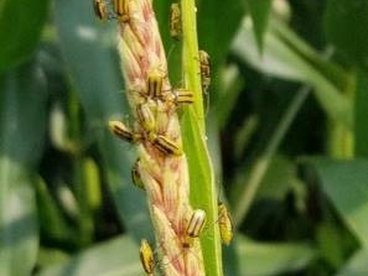Volume 25 Issue 1| February 11, 2022
This newsletter and the advice herein are free. You usually get what you pay for.
Crop weather
Rainfall, air and soil temperatures, degree-days, soil moistures, and other current and historical weather data for the University of Minnesota Southwest Research and Outreach Center (SWROC), a little spot about two miles west of Lamberton, MN, can be found at http://swroc.cfans.umn.edu/weather.
Requesting volunteers to participate in insect trapping networks
For the past few years, Minnesota farm families and their checkoff investment have helped support insect trapping networks in Minnesota for several corn insect pests.
We would like to continue to expand this network in 2022.
Black cutworm
This insect cannot overwinter in Minnesota and the moths migrate into Minnesota each spring. The larvae attack several crops including corn and soybeans. Spring weather patterns most often lead to early-season migrations of moths mainly into the southern ½ of Minnesota.
A network of pheromone traps can help predict when and where crop injury from black cutworm larvae will occur. See previous year’s results of the black cutworm reporting network at https://swroc.cfans.umn.edu/research/ipm/bcw-network .
We are starting to line up 2022 cooperators and trap locations. For black cutworm, we would like to get two pheromone trap locations per county, particularly in counties in the southern half of the state.
The project will supply the traps to cooperators. If you are interested in running a trap or would like more details, contact [email protected].
The true armyworm is another migrant moth pest that can be captured with pheromone traps. The larvae are pests of corn, small grains, grass seed fields, grass hay, and pastures.
Because of armyworm infestations the past few years, including fields in Southern, Central, and Northwest Minnesota, we are including this insect as part of the black cutworm pheromone trap network.
Corn rootworm
In 2022, yield-limiting populations of northern and western corn rootworms occurred in an increasing number of Minnesota fields. Will western corn rootworm populations and crop injury continue to increase? Where are extended diapause northern corn rootworm problems showing up? Are western corn rootworm beetles now more abundant in rotated corn? Did winter weather help reduce 2022 rootworm populations? You can help researchers answer these and other questions.
We are looking for cooperators to monitor corn rootworm beetles with yellow sticky traps during the summer of 2022. The results can help determine the risk of corn rootworm damage to corn in the following year.
This project will attempt to pool data across Minnesota with the goal of better understanding spatial and temporal changes in corn rootworm populations. We will have sticky traps to share. Alternatively, if your company is already running traps, we would appreciate sharing data. Individual field locations will be kept confidential.
You may have already seen some of the results and summaries from 2021 trapping at winter meetings and I am working on an article that discusses the implications and importance of knowing what rootworm pressure you have in your fields.
If you think you might want to participate in this project during 2021 or have corn rootworm trap data from 2021 that you would be willing to share, please contact [email protected] or [email protected].
UPCOMING EVENTS
Midwest Soybean gall midge webinar series
Hear the most up-to-date soybean gall midge research and management recommendations discussed by researchers during this two-part webinar series on February 15 and February 22. Register for the webinar at:
https://extension.umn.edu/courses-and-events/midwest-soybean-gall-midge-discussion-series
Winter Crops Day and Small Grains program
February 17, 9:00 AM to 4:00 PM.
Murray County 4-H Building, 3048 Broadway Ave, Slayton, MN
The first half of the day will focus on corn and soybean management topics and production economics pertinent to the region, and the afternoon will focus on small grain production and management issues. Register for this free program at: z.umn.edu/2022WinterCropsDay.
For more educational opportunities see: UMN Extension Courses and Events
Happy trails,
Bruce Potter



